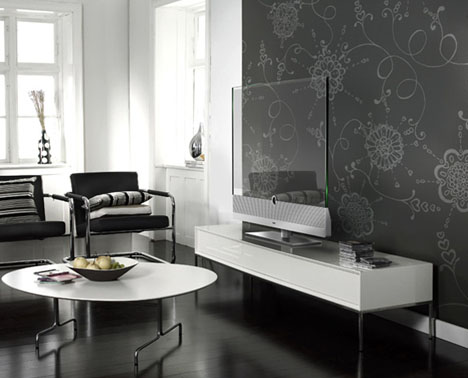It looks like the perpetually delayed OLED TVs were delayed again.
Remember back in January at CES, Samsung and LG were both shipping 55" OLED TV's this year.
The LG Unit was Best of CES:
http://ces.cnet.com/8301-33379_1-57358177/lgs-55-inch-55em9600-oled-tv-wins-best-of-ces/
"OLED is potentially the best TV technology ever, and CNET editors agreed that 2012 would be the year of the organic diode. "
Now we are in December with no 55" OLEDs in sight? Will they "release" a dozen units in December to claim they "shipped"?
Or will they show up at CES with OLEDs again, saying they will really ship this year, honest...
Remember back in January at CES, Samsung and LG were both shipping 55" OLED TV's this year.
The LG Unit was Best of CES:
http://ces.cnet.com/8301-33379_1-57358177/lgs-55-inch-55em9600-oled-tv-wins-best-of-ces/
"OLED is potentially the best TV technology ever, and CNET editors agreed that 2012 would be the year of the organic diode. "
Now we are in December with no 55" OLEDs in sight? Will they "release" a dozen units in December to claim they "shipped"?
Or will they show up at CES with OLEDs again, saying they will really ship this year, honest...
![[H]ard|Forum](/styles/hardforum/xenforo/logo_dark.png)
